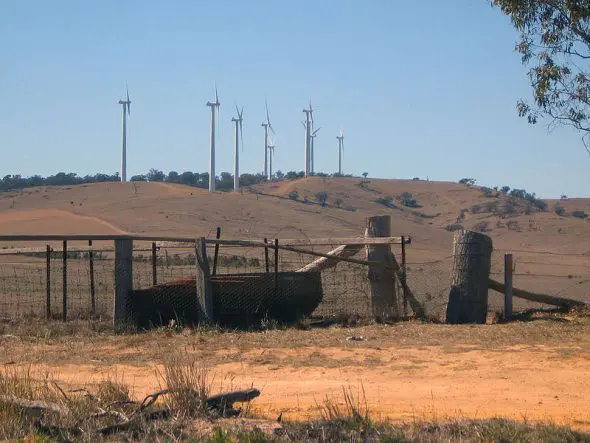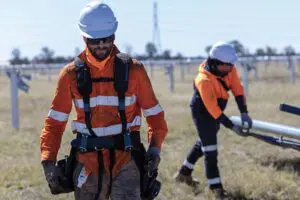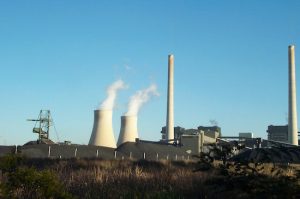The head of Australia’s biggest group of clean energy investors has called for urgent reform of the way grid congestion is managed on the National Electricity Market, warning that business as usual could drive away vital investment in new solar and wind projects.
Speaking at the Smart Energy Conference in Sydney on Wednesday, Clean Energy Investor Group CEO Simon Corbell said there was an “enormous gargantuan pool of capital” ready to back the nation’s transition to renewables – but only under the right conditions.
In particular, Corbell wants a revamp of the methodology that determines marginal loss factors – or MLFs – which are the ratings allocated to wind and solar generators each year by the Australian Energy Market Operator, that determine how much of a project’s output is credited as “delivered” to a customer.
Depending how they are set, these MLF ratings can have a direct impact on the revenue received by generators from year to year, with unpredictable changes potentially leading to ongoing financial losses.
“It is important that we look at a more predictable [MLF] methodology with less extreme variability so that investors can understand how much electricity they can actually sell to market over the life of the project,” Corbell told the conference.
“Secondly, curtailment risk will increase as more and more projects enter the NEM, and we need to think about how investment decisions are recognised in the dispatch order of projects.
“And as an investor body, we would say we need to get this right. Because there’s no point having a price signal or an investment signal around congestion conditions after you’ve built the project.
“You can’t move your project, it’s stuck to the system, so we need to get it right and design a system accordingly that provides greater certainty over a generator’s capacity to dispatch over the project life.”
Corbell’s call for MLF reform comes as AEMO prepares to finalise its ratings for 2024-25, which are due to be locked in by April 01. The market operator this week issued a reminder to industry and other stakholders that feedback on the draft MLFs – published back in January – closes at the end of Friday.
The CEIG, for one, was unimpressed by the draft ratings, which it said back in January would condemn solar farms in north-west Victoria and south-west New South Wales to “large and unpredictable swings in revenues” over the coming financial year.
“The preliminary MLFs will deliver a blow to solar farms who had finally been able to increase their output after Transgrid made some fixes to the transmission network in south-west NSW,” said CEIG policy director Marilyne Crestias.
“Because of the way they are calculated, MLFs can change materially year on year. MLFs have a direct impact on the revenue received by generators, and this volatility and lack of predictability create risk for investors.”
Crestias warned that this was not just an issue for generators and investors, but would ultimately impact the price and make-up of the electricity used by consumers – a point Corbell reiterated this week.
“There is an enormous, gargantuan pool of capital. But capital will go to where it can get the best returns. Capital will deploy where the risks are lower and the returns are therefore more predictable and more certain.
“As our grid transitions to the 82 per cent renewables target set by the federal government we need to keep a focus on fit for purpose market design. Because we do have a market and it needs to be an efficient one and it needs to enable the lowest cost of capital outcome.
“Because the lower the cost of capital … the lower the end cost to consumers. It’s in the interests of our economy. It’s in the interest of households. It’s in the interest of us all.”
“CEIG previously raised issues around the volatility of MLFs. As a long-time advocate for reform in this area, we look forward to working with AEMO and industry to find ways to resolve this important issue.”










